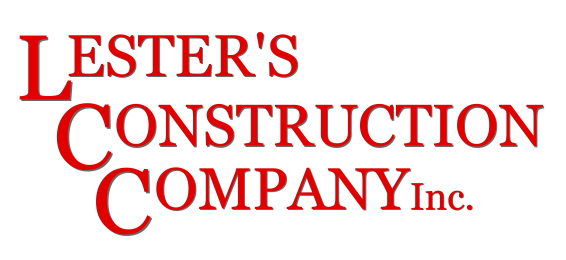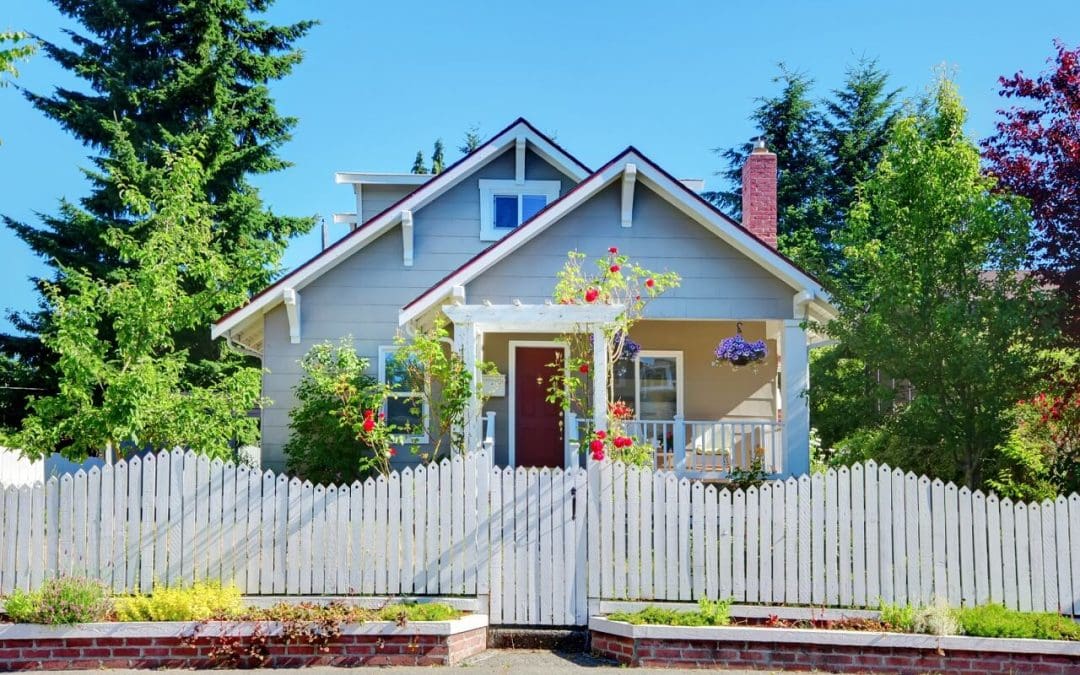Planning for a new fence might sound simple—pick a style, hire a crew, and get it built. But rushing into it without covering the right bases leads to problems quickly. Property line issues, permit headaches, wrong materials, or even angry neighbors can turn a basic project into a mess. If you’re planning a new fence, it pays to slow down and get a few key things right from the start.
Planning for a New Fence Without Checking Property Lines
One of the biggest mistakes people make is guessing where their property ends. You can’t always rely on where the old fence sits or what a neighbor “thinks” is correct. If you build even a few inches over the line, you could be forced to tear the whole thing down. Always check your survey or have one done if needed. It’s a small step that protects you from bigger problems later.
Skipping the Permit Process
Planning for a new fence means knowing what your city, county, or HOA requires. Some areas have height restrictions, material rules, or setback requirements. If you build without a permit where one is required, you could face fines or be ordered to remove it. The approval process might feel like a hassle, but it keeps you in the clear and avoids expensive do-overs.
Choosing the Wrong Materials
Not all fences are built the same. People often choose materials based on price or looks without thinking about long-term upkeep or durability. A cheap wood fence might look great at first, but if it warps, rots, or splits after two seasons, you’ll be back to square one. Planning for a new fence should include thinking through your climate, how much maintenance you’re willing to do, and how long you want it to last.
Overlooking the Purpose
Too many homeowners focus on style without locking in the function. Are you trying to block a street view, keep kids or pets in, add privacy, or mark a boundary? A picket fence might not be adequate for keeping dogs contained. Chain-link is durable but offers zero privacy. Start with what you actually need the fence to do—then build around that.
Forgetting the Neighbors
If the fence is going anywhere near a shared property line, loop your neighbors in early. You don’t need their permission to build on your side, but letting them know what you’re doing avoids surprises and keeps things friendly. Some neighbors even split the cost if the fence benefits both properties. Surprising them with a six-foot wall they weren’t expecting? Not the best way to stay on good terms.
Planning for a New Fence on a Sloped Yard
Flat yards are easy. Sloped yards? Not so much. If you don’t plan for grade changes, you could end up with huge gaps under the fence or an awkward stair-step look. Talk with your contractor about how they’ll handle the slope and make sure their plan lines up with your needs—especially if pets are involved.
Rushing the Process Without Planning for a New Fence
Fence projects are easy to underestimate. Even with pros involved, good planning takes time. Quotes, material lead times, permits, and weather delays all add up. Rushing it usually leads to corner-cutting, and that’s when mistakes happen. Give the process enough room to go smoothly, and you’ll be happier with the result.
Taking a little extra time upfront saves you time, money, and frustration later. If you’re planning for a new fence, don’t just think about how it looks—focus on where it goes, what it’s made of, and what it needs to do. That’s how you build one that actually holds up.
Lester’s Construction Company offers construction services in the Piedmont Triad area. Contact us to request an appointment.

